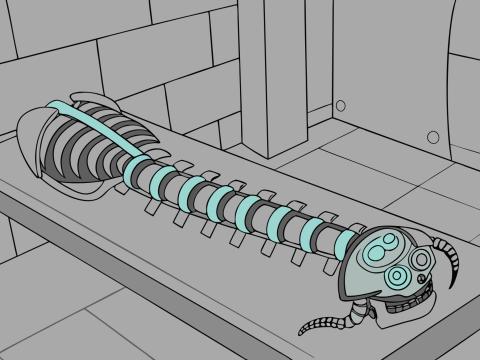On Point: Q&A With Joe Altepeter
How would you describe the state of the art in quantum computing today?
It’s like a few years after the Wright brothers’ first flight. Some top-flight tech companies have quantum computing efforts. There’s a bunch of really aggressive, really excited startups. Some of those startups are huge; some are tiny and just formed.
And it’s not like competing tech companies are all trying to create different versions of the same killer app on your cell phone. They have wildly different physics underpinning their approach to a quantum computer.
That’s why we’re doing this—to try to create a baseline from a team of experts who take the time to go in-depth into the different approaches and applications and don’t have any financial incentive or stake in the answer. We just want to get to the truth.
People are hopeful that quantum computers will be transformative because their basic building block doesn’t use “yes” or “no.” A “yes” is a “no” and an infinite number of flavors of “maybe.” You put a bunch of these together, you get all of these “maybes” interacting in really weird ways, which are counterintuitive, and which have bothered physicists for 100 years because they seem too weird to be true.
My basic understanding was that quantum bits could be 1s or 0s or both. Are you telling me there are more than three options?
It turns out that there are so many flavors of both. One way to think of it is that a quantum bit can exist as a 0 and a 1 at the same time. That’s weird enough, but one level deeper, it’s a continuum. Not only can it be mostly 0 and a little bit 1, or mostly 1 and a little bit 0, it can be half and half or anywhere on that continuum.
What are some practical possible uses?
Creating new pharmaceuticals, understanding new chemical pathways and reactions, discovering new materials, like materials that make your cell phone work. Almost everything at DARPA would be better if we had the perfect magical material to build it.
Anti-corrosion is probably one of the biggest of interests to the DoD. The DoD spends billions of dollars a year dealing with corrosion mitigation. The whole world spends a lot more than that.
One of the things we’ve tried to do with our programs is to just prove things that quantum computers won’t be good for. We take “no” as our assumption and work backwards.
There’s no single application where we think it’s a slam dunk yet. But we are surprised—because we go in with a super skeptical mindset—that there’s a bunch of applications still standing.
Are the US2QC solutions truly original or improvements to previous approaches?
That’s a hard question to answer as a former academic because I’m immediately thinking about all of the papers built on papers going all the way back to Isaac Newton. In some sense, it’s not brand new, and they both build on seminal ideas from the past decades, but the best answer is probably that they really are both trying to do something very new.
Do you see the prototypes working independently or in tandemwith classical computers?
I don’t know of any company or any approach or any real serious proposal for an application that doesn’t have a hybrid approach. As far as I know, everybody is proposing to have quantum computers work in parallel and in tandem with a classical computer.
How much will the program cut the development time for viable quantum computers?
The most likely answer is probably we’re not going to cut the development time at all. In the mode we’re in now, we’re really generating confidence that this technology either will or won’t be a driving force in the 21st century.





Comments